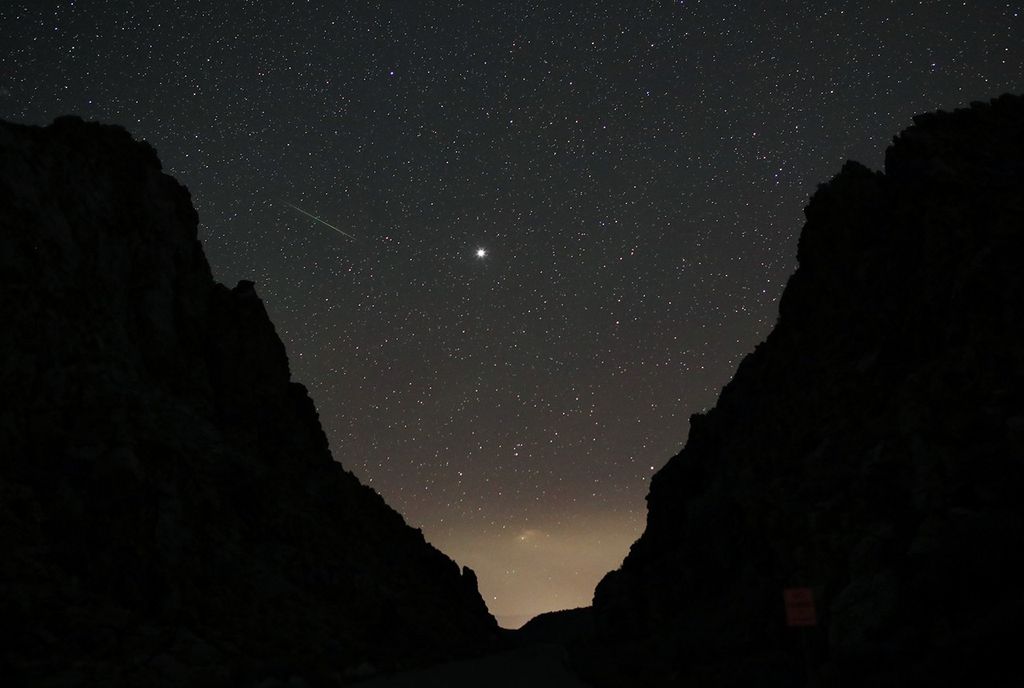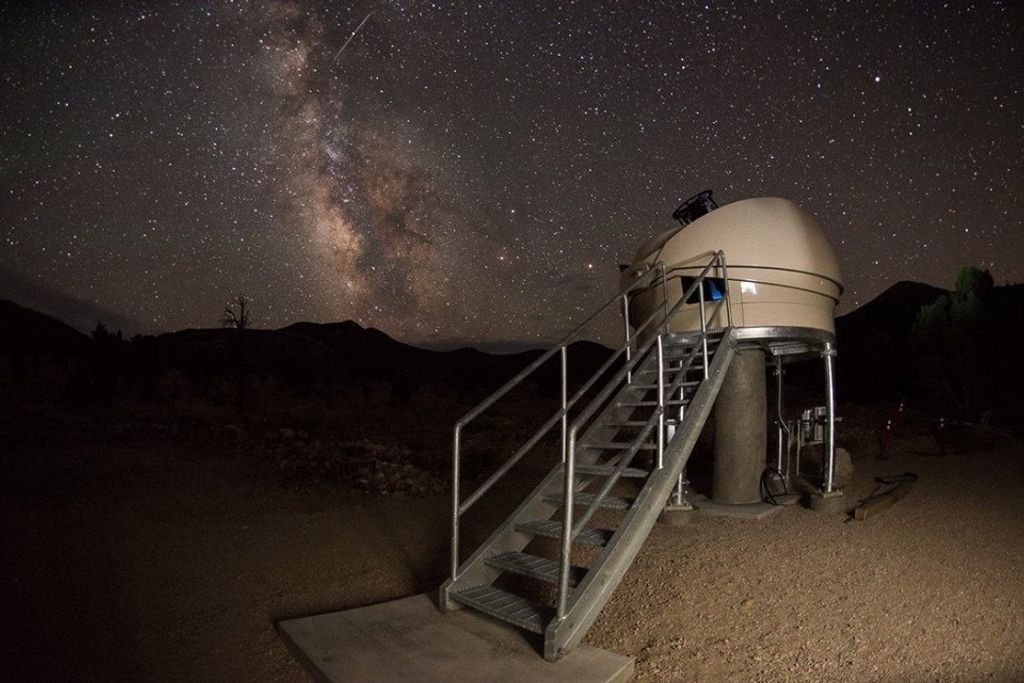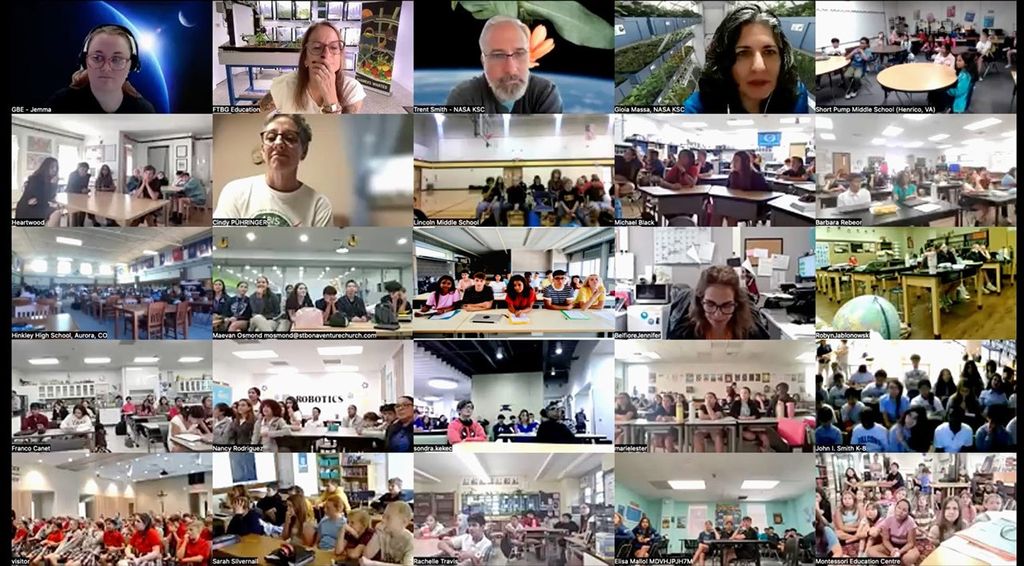Clogging for Beginners
Getting started with clogging is easy and fun! Join us for an introduction to this unique American dance tradition. In this class, you’ll learn the basic clogging movements that form the foundation for most steps, along with several popular clogging line dances. We provide cue sheets and access to the music to help you practice at home. Come give clogging a try—it’s a lively, enjoyable way to dance and get great aerobic exercise! No partner or prior experience needed. Family and friends welcome.
- 5 Weeks
- Tuesdays, November 4th – December 2nd
- 6:00 – 7:00 PM
- Gilruth Center, Zen Den
- $60 – Early Registration through October 31st
- $70 – Late Registration November 1st – 4th
- Shoes should be comfortable, closed-toed, without heels and not slip-resistant. Dance socks (sleeve covers for the toes of shoes worn over gym shoes) are acceptable. Clogging shoes are not permitted on Gilruth Center studio flooring.
Register Here
About the Instructor:
Rebecca Thomas has been an active and accomplished clogger since 1997, with foundational training from Rachel’s Dance Connection in Georgia. Over her extensive career, she has earned top overall placements at numerous national competitions and has taught at multiple state clogging conventions. Rebecca is the founder and Director of the Wildfire Cloggers in Pearland, Texas. Beyond performing and directing, she is the editor-in-chief of The Texas Clogger, a state-wide newsletter publication, and has been recognized as Clogger of the Year by the Texas Clogging Council in 2024. She is also deeply involved in the clogging community through leadership roles, including chairing major events such as the Texas Clogging Council’s Rally for 2026. Rebecca will be assisted by accomplished Clogging enthusiast, Kelly Rodrigues.
History of Clogging:
Clogging has its origins in the traditional Lancashire clog dance of northern England, dating back as early as the 1400s when wooden clogs evolved into leather-soled shoes. The dance developed among the working-class communities during the Industrial Revolution, especially in coal mines and mills, where rhythmic footwork provided a form of cultural expression. This English clogging tradition was carried to America and blended with various influences, including African and Native American rhythms, leading to the Appalachian style known today. Early Appalachian clogging featured a distinctive “backstep” style with pronounced drag slides and bent knees, performed to fast, lively music in social halls and community gatherings.
Modern clogging evolved significantly from the 1970s onward, shaped by influences like Tennessee and North Carolina “buck” dancing, characterized by a heel-toe patter adding more percussive sounds, and the French-Canadian Ottawa Valley step dance, which introduced a light bouncing style on the balls of the feet. Innovations such as Mark Clifford’s removal of shoe shanks enabled advanced moves like the “toe stand,” expanding the technical possibilities of clogging. The dance has been shaped by numerous influential dancers, teachers, and teams, fostering a rich culture of competition and performance. Today, clogging thrives as a dynamic art form rooted in tradition but continuously evolving through shared histories and innovations.

































